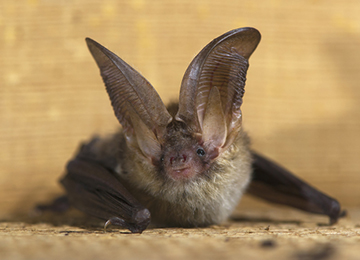The recent final rule relaxes some of these requirements. Now trees are not allowed to be cleared within ¼ mile of a known hibernacula, or within 150’ of a known maternity roost tree during the Northern Long Eared Bat pup season (June and July). While surveys are no longer required, developers are required to conduct sufficient due diligence, which is not explicitly defined. This vague guidance could lead to confusion in the marketplace moving forward, but what is clear is that the USFWS will not be instituting blanket survey requirements similar to those seen in the summer of 2015.
However, the Northern Long Eared Bat population continues to be decimated by white nose syndrome, a fungus affecting bats throughout the eastern U.S. Should populations continue to decline at these rates, it is very likely the Northern Long Eared Bat will be elevated from threatened to endangered, which would likely cause the previous restrictions to be reinstituted across its range. In addition, the USFWS is considering adding two more bat species to the threatened list, which would further complicate this issue.
ECS will be monitoring these developments and recommends projects consider the potential impacts of threatened or endangered species on construction.
For more information about the Final Rule concerning the Northern Long Eared Bat, please contact ECS Principal Environmental Specialist Adam Meurer, CHMM, PWS.

